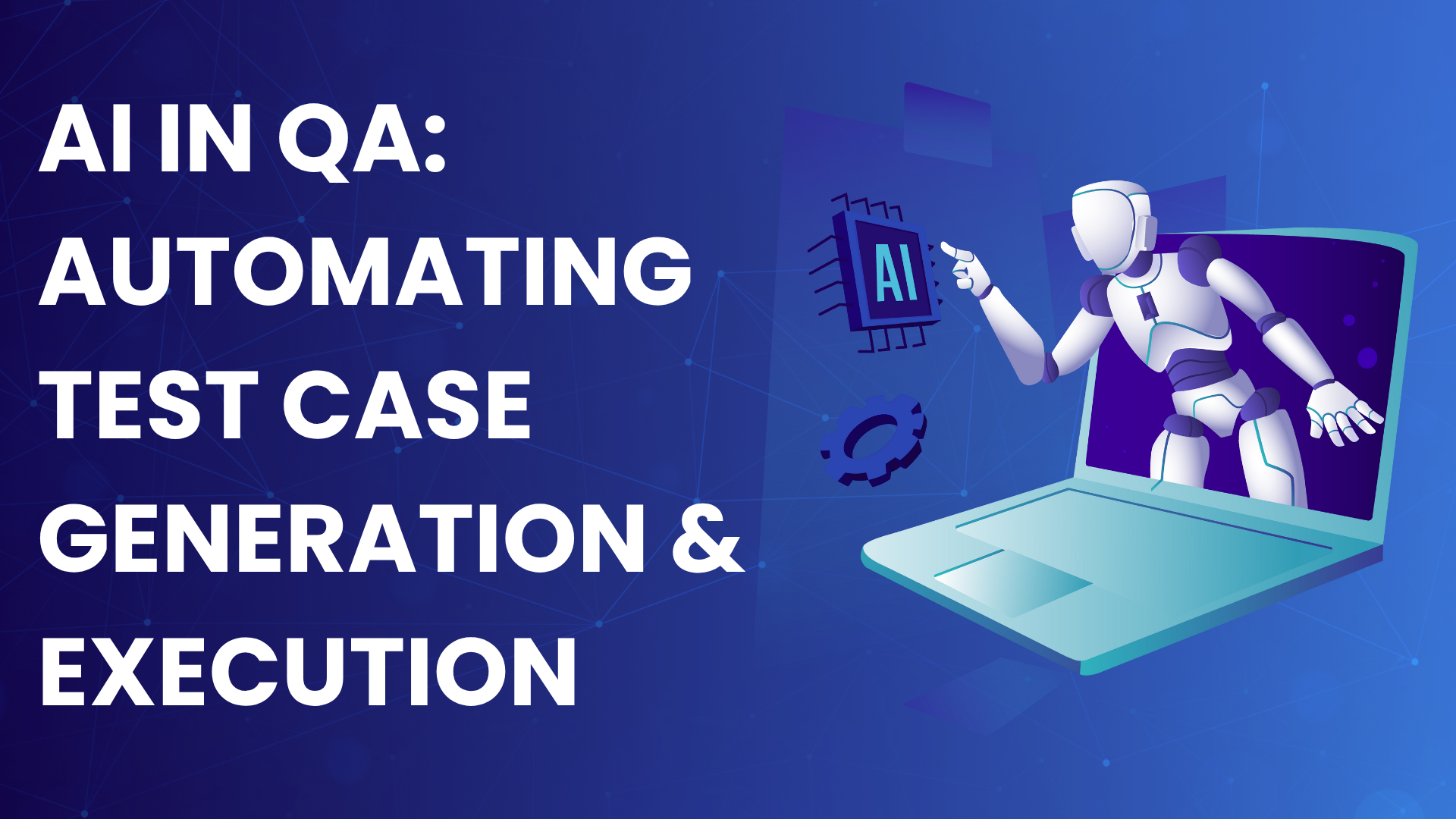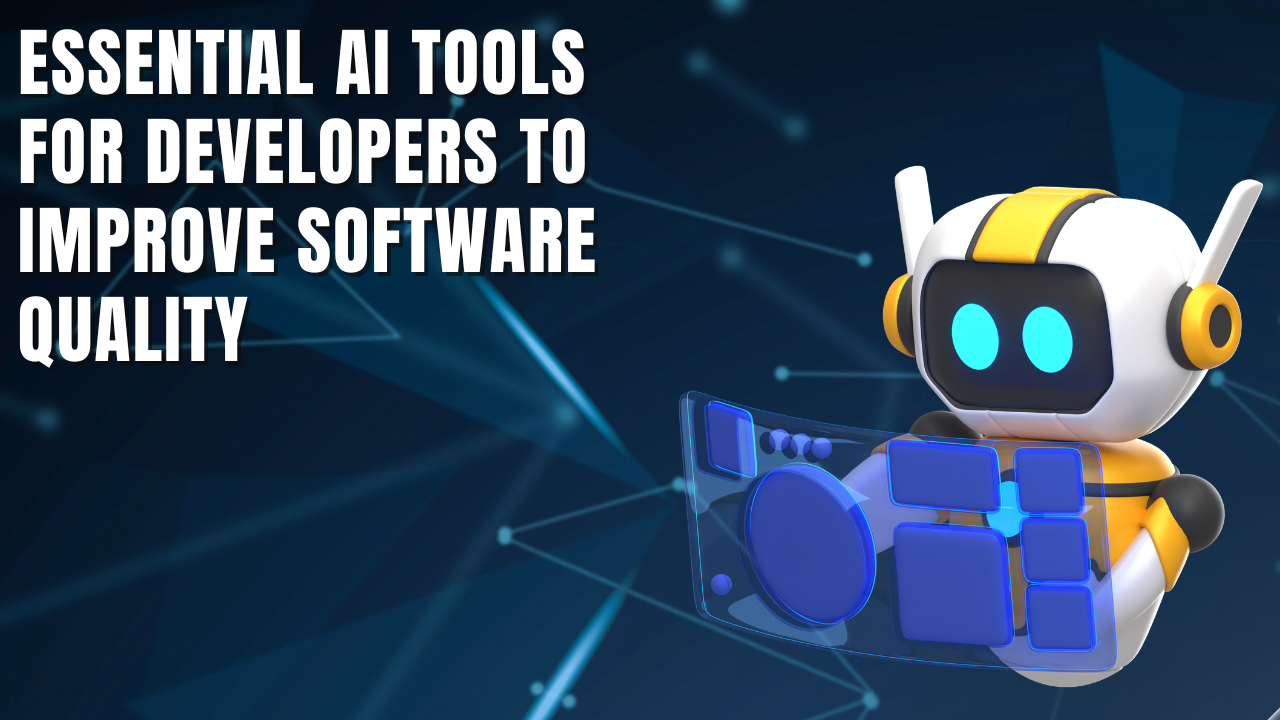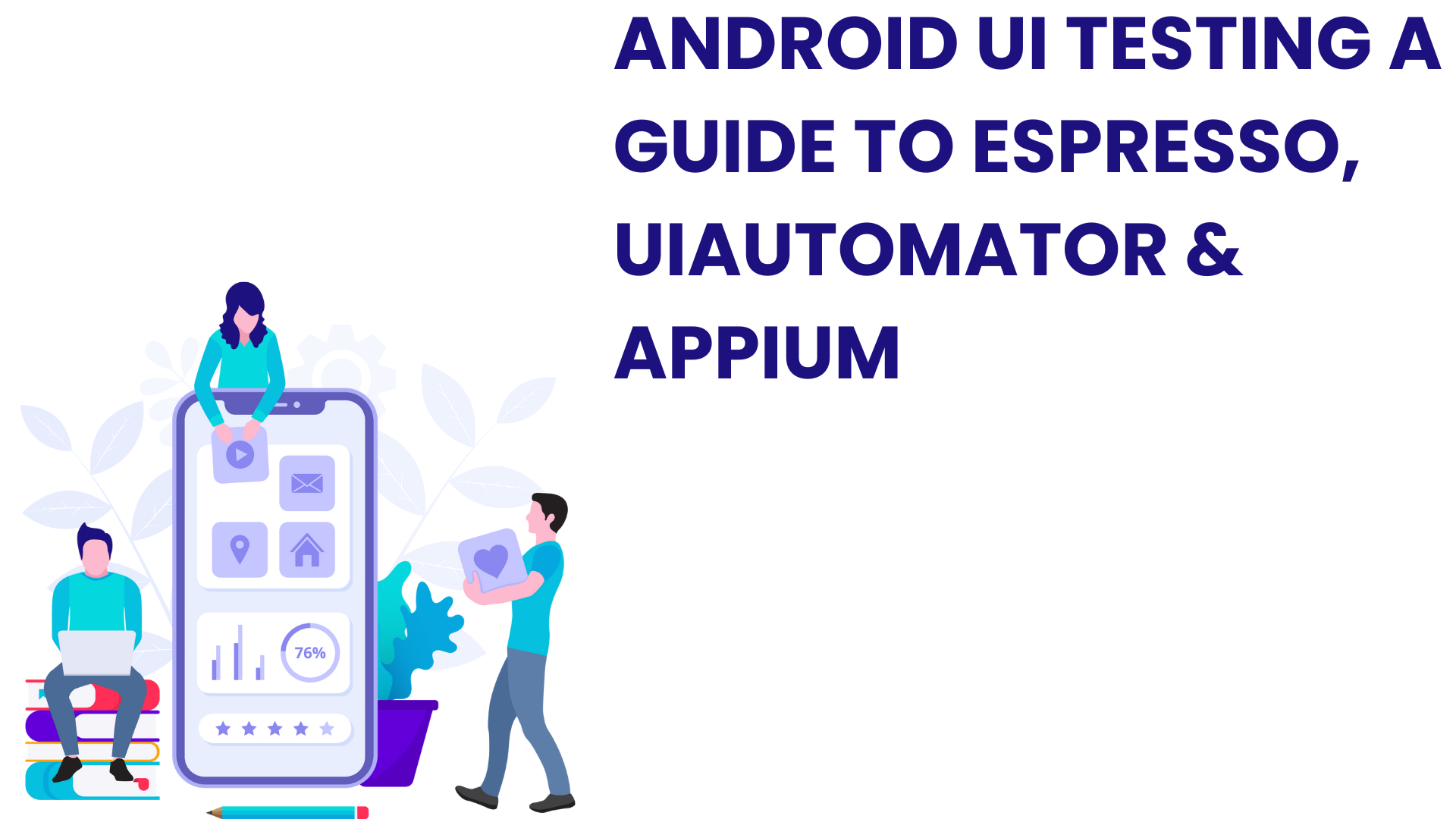In the fast-paced world of software development, ensuring high-quality applications while meeting tight deadlines can be challenging. That’s where AI QA steps in, revolutionizing the way testing is approached.
By leveraging AI testing tools, teams can automate the creation and execution of test cases, drastically improving efficiency and accuracy. AI can intelligently generate relevant test cases based on real user behavior and past data, helping reduce manual effort, accelerate testing cycles, and catch issues early.
This ensures that your software is thoroughly tested and frees up valuable time for testers to focus on more complex, high-impact tasks.
In this blog, we’ll dive into how AI transforms QA by automating test case generation and execution, making the testing process faster, smarter, and more reliable.
What Is AI in Quality Assurance?
AI in quality assurance involves leveraging artificial intelligence technologies to improve the software testing process. It automates tasks that are typically time-consuming and repetitive, such as test generation, bug detection, and result analysis.
By incorporating AI, QA testing becomes faster, more precise, and more efficient, minimizing human errors and accelerating software release cycles. AI also can predict potential issues and offer suggestions for enhancements, making the entire quality assurance process more intelligent and effective.
Why Leverage AI in QA?
Traditional QA testing often encounters issues like slow testing cycles, human errors, and the challenge of managing large test suites and cases. Additionally, these methods struggle with scalability and have difficulty keeping up with frequent software updates.
Additionally, identifying flaky tests and debugging can be time-consuming. Here is how leveraging AI can help enhance the QA testing process:
- Test Automation: Speeds up testing by automating repetitive tasks and executing tests faster.
- Smart Test Selection: Select the most relevant tests, saving time and resources.
- Predictive Analysis: Anticipates potential issues and optimizes test coverage.
- Flaky Test Detection: Identifies unstable tests, making debugging easier and more efficient.
- Improved Accuracy: Reduces human errors by detecting defects more accurately.
How to Use AI in QA Testing?
Using AI in QA testing involves a systematic approach to ensure accuracy, efficiency, and scalability. Here are the five essential steps that outline how to use AI in the QA testing process:
Identify Test Scope: Focus on identifying the scope and objectives of implementing AI in QA. Define the key areas for using AI in different areas, such as improving test coverage or automating repetitive tasks.
Select AI Models: Now select the AI models that best fit your software project requirements. For example, if you want to automate the test generation process, you can choose an NLP-based AI model to generate tests.
Train AI Models: High-quality data is crucial for effectively training AI models. Begin by collecting, organizing, and labeling the necessary data. Using the right data annotation techniques is also important to help the AI model accurately identify patterns, perform reliable tests, and predict potential defects. Properly prepared data lays the foundation for building a smart and effective AI testing system.
Validate AI Models: After training the AI model, the next step is to test and validate it. This involves developing test algorithms and assessing the model using subsets of annotated data. The objective is to ensure the model functions as expected in real-world situations by delivering accurate and consistent results. This phase typically includes iterative testing to fine-tune the model based on the behaviors observed during the evaluation.
Integrate AI Models Into Your Workflow: Integrate the AI model into your testing infrastructure after testing and validating it. This may include automating parts of the testing process, such as generating test cases or analyzing results.
While you can build and train custom AI models for QA testing, it is often more efficient to use AI testing tools that come with built-in or embedded AI features, which can seamlessly integrate into your existing workflow. Utilizing these tools saves time, reduces complexity, and simplifies the QA testing process, especially when the goal is to accelerate test execution without the need for extensive model training.
Best AI Tools for QA In 2025
AI-driven tools are reshaping software testing by automating key processes and enhancing efficiency. From generating intelligent test cases to optimizing reporting and analytics, these tools simplify QA workflows, reduce errors, and improve accuracy.
The following section covers some leading AI testing tools for QA teams, highlighting their unique features.
1. KaneAI
KaneAI by LambdaTest is a GenAI native QA Agent-as-a-Service platform that streamlines test authoring, management, and debugging for high-speed quality engineering teams. It simplifies the creation of automated tests using natural language processing, making automation accessible for teams with varying technical expertise.
Features:
- Intelligent Test Generation: Automates the creation and evolution of test cases through NLP-driven instructions.
- Smart Test Planning: Converts high-level objectives into detailed, automated test plans.
- Multi-Language Code Export: Generates tests compatible with various programming languages and frameworks.
- Show-Me Mode: Simplifies debugging by converting user actions into natural language instructions for improved reliability.
2. Katalon Studio
Katalon Studio is an all-in-one test automation platform offering AI-driven features for web, mobile, desktop, and API testing. Its codeless automation and self-healing mechanisms improve test reliability and reduce maintenance efforts.
Features:
- AI-Powered Test Object Recognition: Identifies and adapts to UI changes, minimizing test script failures.
- Data-Driven Testing: Supports diverse data sets to validate software behavior across scenarios.
- Self-Healing Tests: Automatically updates scripts when applications evolve.
- Built-In CI/CD Integrations: Enables seamless integration with DevOps workflows.
3. Aqua Cloud
Aqua Cloud provides intelligent test management solutions, leveraging AI for test planning and test optimization. It centralizes testing workflows and offers predictive analytics to enhance decision-making.
Features:
- Test Management Automation: Reduces manual overhead with AI-driven workflows.
- Collaboration Tools: Supports cross-functional QA and development team collaboration.
- Scalability: Handles extensive testing needs across large software ecosystems.
- Analytics and Reporting: Provides actionable insights through predictive data analysis.
4. Functionize
Functionize combines AI and machine learning to deliver smarter test creation and execution. It supports natural language-based test scripting, making it user-friendly for non-technical teams.
Features:
- Natural Language Testing: Enables test creation through easy, human-readable instructions.
- Cross-Browser Compatibility: Ensures thorough testing across multiple platforms.
- Self-Healing Tests: Preserves test accuracy despite changes in UI or code.
- Cloud-Based Execution: Provides scalable, high-speed test execution in the cloud.
Using KaneAI for AI QA Testing
Let’s look at how you can perform AI QA testing with KaneAI. For demonstration, we will test
- From the LambdaTest dashboard, click the KaneAI option.
- Click on the Create a Web Test button. It will launch the virtual environment with a side panel available to write test cases.
- In the Write a step textarea, enter your test steps one-by-one and press the Enter button.
- Click the Finish Test button and then Select Folder to locate your test cases. Then, click on the Save Test Case button to save them.
It will now redirect you to the screen, where you can select and use different options according to your requirements.
Conclusion
AI is transforming quality assurance by offering advanced solutions that boost speed, accuracy, and overall efficiency in software testing. From automating test case generation to predicting defects and creating test data, AI streamlines the entire testing workflow and leads to more reliable, high-quality results. With various powerful AI tools now available, AI-driven testing is quickly becoming a vital part of modern QA strategies.
Integrating AI into QA processes allows organizations to speed up release cycles, reduce testing costs, and significantly improve product quality. Embracing AI in QA is not just a trend—it's a strategic move to stay competitive and ensure strong, dependable software performance.
















Post Comments